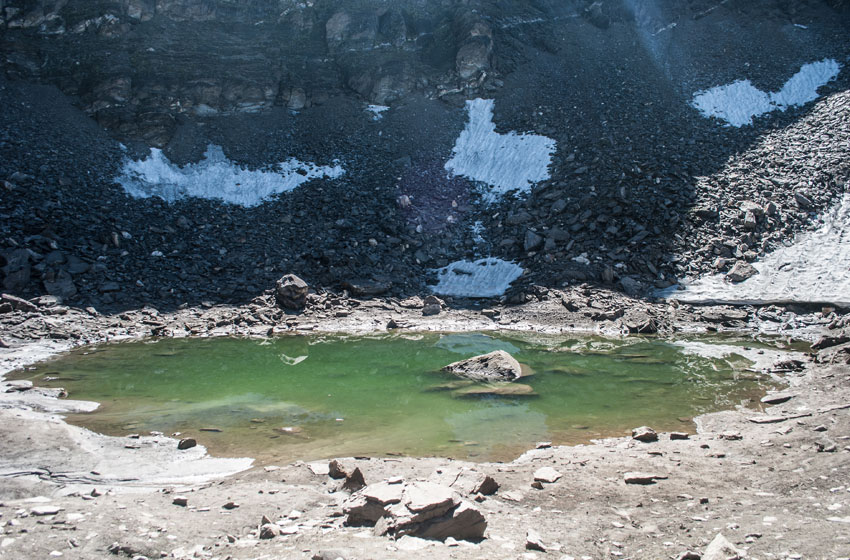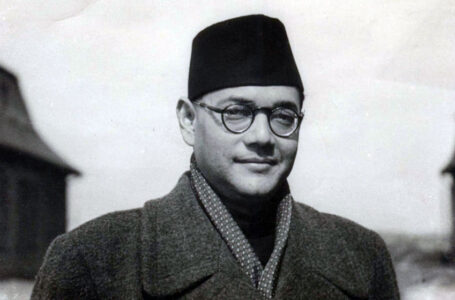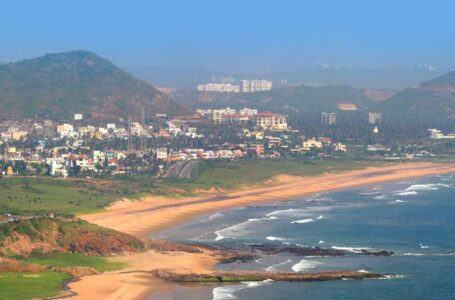The Myths and Science behind the Indian Lake of Skeleton

Somewhere in the peak of the Indian Himalayas lies a historical mystery. This is a remote lake with hundreds of human skeletons as parts of its constituents. This lake is the Roopkund Lake, and it has its location in Trisul, Uttrakhand, in the highest parts of the mountainous Indian regions. The mysterious lake was discovered in 1942 by a British forest ranger, accidentally, of course.
Although the skeletons are always present in the lake, they can only be seen at specific periods of the year. The lake freezes for a significant part of the year and only melts during extremely hot periods. During these periods, the lake melts, and the water allows the visibility of the bones. According to estimations, there are about skeletons of 800 people in the lake.
The Mythical Thoughts behind the Skeletons in the Lake
Ever since the discovery many years ago, it has attracted the attention of scientists and anthropologists. This has resulted in various theories from scientists to explain this mysterious historical scenario. Different thesis and ideas by scientists offer explanations as to why there are so many skeletons in a lake situated so high in the mountain.

Some of these theories were more of myths and Indian folktales. One such theory suggests that the remains are those of an Indian king, his families, and all of his attendants. They were believed to have lost their lives during a deadly blizzard about 870 years ago.
Another theory claims that the decomposed remains belonged to Indian soldiers who attempted an invasion of Tibet. They met the Tibetan soldiers, who overpowered them and forced them to make a journey back home. About 70 of them died at this lake, and their skeletons constitute the remains discovered years after.
An Indian folk song also narrates a Goddess, Nanda Devi, who has dominion over the mountain. She has created a severe hailstorm against some villagers crossing the river, with unknown reasons for why she did so.
The Science behind the Mysterious Lake
Information provided through scientific researches revealed that the people who died at the lake were all tall. The discovery was also an indication that they were strong, middle-aged, and in reasonably good health.
However, the most recent study provided by the latest five-year-long research that involved 28 co-authors from 16 institutions based in India, Germany and the US suggests that these assumptions could be false.

Their discovery revealed that people did not die at the same time. Instead, their deaths were a result of separate occurrences in time. There were also people of different origins, those from Europe, South Asia, and even Crete’s Greek island. This annuls all the other theories that have been in circulation before the joint research.
This research led to the scientific conclusion that the skeletons were from people who participated in a pilgrimage. But the questions stand, how did Europeans end up in a pilgrimage event way high in the Indian Himalayas? How did separate incidents lead to that many amounts of skeletons amassed at a single point?
Although there is no definite explanation, one of the researchers commented that they are still searching for suitable answers.







